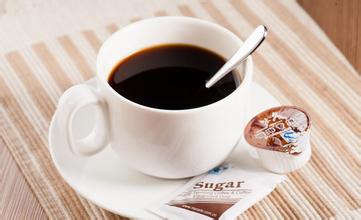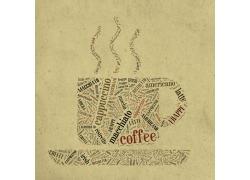Introduction to the steps of semi-washing suntan honey in the treatment of coffee and raw beans
Introduction to the steps of semi-washing suntan honey in the treatment of coffee and raw beans
Both coffee-producing countries, South American countries must be the same in the coffee industry, and closely follow the pace of Brazil, the coffee big brother. At the beginning of the birth of pulp solarization, its ideas and even specific operations have spread to other coffee-producing countries with exchanges, among which the most unique and perfect interpretation of pulp solarization is Costa Rica.
In Brazil, flesh solarization is called Pulped Natural;, while in Costa Rica, the same principle of pulp solarization is called Honey/Miel Process, which is also known as honey treatment. Coffee farmers in Central America think that the pulp left on the bean shell is as thick as honey, so they call it honey-treated Miel Process. Like washing and solarization, pulp solarization has become a feasible and high-quality method for drying coffee fruits. In Brazil, which was born in 1990, Brazilians in order to give up the rotten sun-cured coffee that has been criticized for a long time, and unable to solve the problem of using water in coffee washing, finally found another way to combine washing with sunlight to create pulp solarization. The pulp solarization method not only reduces water consumption, but also reduces the effect of exocarp on coffee beans, which is a cost-effective coffee treatment method.
1. Skin/Pulp: the outermost layer of coffee beans is covered with berry-like skin and pulp. In addition to the natural sun method, coffee beans treated by other methods must remove the skin and flesh within a few hours after picking. For coffee, peel and pulp are important by-products. In some places, people use the peel and pulp of coffee to make tea. People in the industry are accustomed to calling the skin and pulp of coffee "Pulp", while the machine used to remove the pulp is called "desizing machine".
two。 Mucous membrane (Mucilage): under the skin and pulp, a thick layer of mucus tightly wraps the coffee beans. Because this mucous membrane is extremely sticky and high in sugar, it is used to call it "Honey". Not only coffee, but also many fruits have a layer of mucus inside.
3. Parchment (Parchment): inside the mucous membrane, a thin film of cellulose surrounds the coffee beans. After drying, the film looks like parchment, hence the name.
4. SilverSkin/Chaff: there is a thinner film inside the parchment that wraps the coffee beans. Because the color is glossy and silvery, people used to call it "silver skin". This layer of silver will fall off during baking. Usually when you grind the coffee, you find some silver crumbs in the coffee powder. These crumbs are the silver skins that fail to peel off the coffee beans during baking.
5. Coffee beans: each fruit contains 2 coffee beans (except for a single pod bean Peaberry. The fruit of this kind of coffee contains only one coffee bean. Normally, 5% of each batch of coffee beans is a single pod. Coffee beans can be roasted after drying and treatment.

Important Notice :
前街咖啡 FrontStreet Coffee has moved to new addredd:
FrontStreet Coffee Address: 315,Donghua East Road,GuangZhou
Tel:020 38364473
- Prev

Introduction to the steps of a video tutorial on the requirements and skills of coffee flowers for milk
Wet cappuccino milk foam is 6%, 7% full; (this foam to do leaves and other lines require more pattern is very good-looking, at the same time, this foam can also be used to do latte) 2, dry cappuccino milk bubble is full; 3, half cappuccino milk bubble in 80% full; I prefer 90% full milk foam. (this milk
- Next

Introduction to the quality of coffee beans treated with red wine
Red wine treatment method Coffee Bean quality Sasa described in the competition: the Rume Sudan species of Cloudy Manor (Las Nubes) in Colombia was selected and the coffee fruit was put in a sealed metal container for anaerobic fermentation to purposefully control the pH value in the fermentation process, the type and number of bacteria involved in the fermentation and other variable factors. The processor injected two into the container
Related
- What is the meaning of lactic acid fermentation with coffee bean treatment?
- How to judge the state of foam by sound?
- How does the latte pull out the unicorn pattern? Come to get for a little trick to improve the flower pull!
- Will flower pulling affect the taste of the latte?
- Do you know the history of coffee?
- The difference between honey treatment and sun washing what is raisin honey treatment?
- What kind of milk can a novice use to make coffee foam to keep the foam longer? The correct method and skills of milking tutorial sharing
- Why do washed coffee beans taste sour? Flavor characteristics of washed Coffee
- Introduction to the skill of how to practice the size and height of water injection around the circle of hand-brewed coffee
- How do beginners practice coffee flower drawing from scratch?

